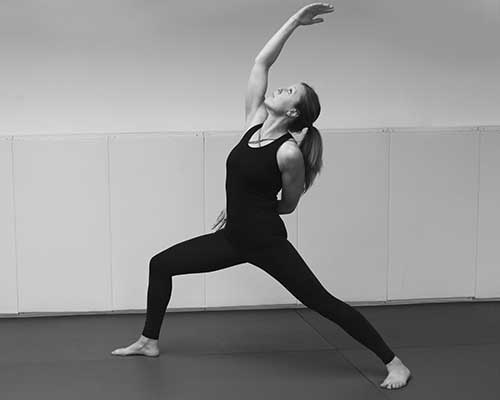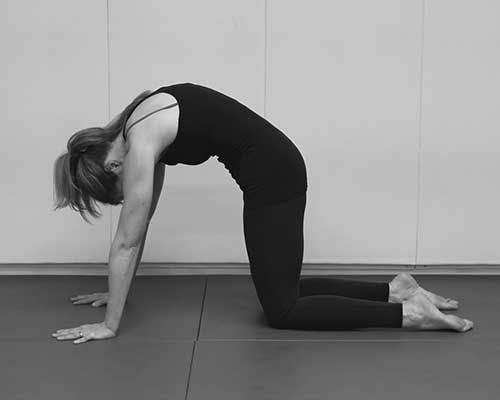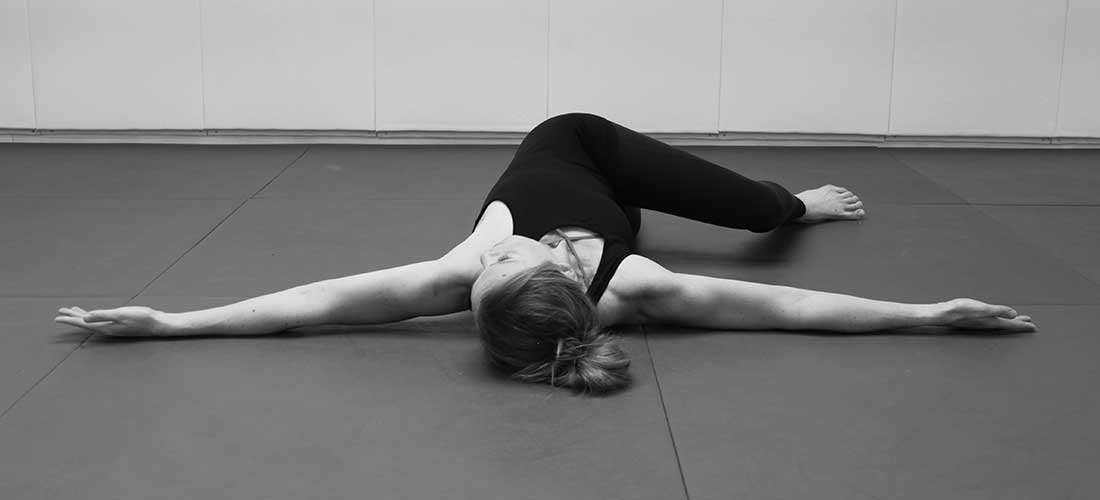Yoga uses breathing techniques, exercise and meditation. It helps to improve health and happiness
What is Yoga?
The beauty of a non-competitive physical exercise is that you learn to tune into your body and see what you need from the practice on that particular day. E.g if you are tired you rest more, if you’re feeling energetic you might work yourself more vigoursly.
Yoga comes from the Sanskrit root word “yug”, this literally means “yoke” or “unite”. So, yoga is a union that is referring to our individual experience of ourselves and of our reality. You can delve deeply into this by reading into yoga philosophy that goes back to one of the World’s oldest scriptures.
Types of Yoga
There are many types of yoga. Each teacher will bring their own unique flavour and style to their classes. In the West the predominant focus to classes is the asana (physical postures) practice. But yoga incorporates so much more than that; meditation, breathing (pranayama), and relaxation.
I offer the following classes and have tried to give an outline of what each entail. Try them for yourself and see what you think.
Hatha Yoga
Hatha Yoga
This is seen as the most traditional of yoga styles.
Hatha yoga is the practice of yoga postures (asanas) and basic breathing exercises (pranayama) bringing the body and mind present and in union.
The word Hatha is made up of “ha” which relates to sun/active/masculine and “tha” which relates to moon/receptive/feminine energies within us all.
Vinyasa flow yoga
Vinyasa flow yoga
Vinyasa is a style of yoga in which the postures flow from one to the other.
In this flow you are moving through the postures in tune with your breath. This is a dynamic practice.
This class will help you improve stamina, strength and flexibility. This class is for those students with a basic understanding of the postures.
Yin Yoga
Yin Yoga
This is a slow practice where postures are held between 3-5 minutes mostly with the support of props. This practice allows you to go deeper into the posture, releasing tension and opening into muscles and joints. The class is mostly floor based and requires breath work and conscious awareness to work at a deeper level. It includes a longer relaxation/ meditation practice. Recommended to bring a blanket to class.
Why do Yoga?

Why do Yoga?
The foundation of any posture is the alignment of the spine. This spinal alignment will allow you to work on your seated and standing posture too.
Yoga is a total body workout from the inside out. It’s adaptable to your individual body and it can fit your energy levels, your workout needs and your mind. A regular practice brings you body and mind awareness that you can utilise in every aspect of your life.
Many students find that the relaxation techniques improve their quality of sleep, as well as allowing them to reduce their stress levels.

The benefits of Yoga
- Poses tone, strengthen and stretch muscles
- Posture
- It’s a brilliant way to cross train with other sports
- Body and mind workout that brings a deeper understanding of yourself
- Breathing practices (pranayama) to focus the mind and keep you present
- It can be helpful for many conditions including anxiety, stress, asthma, high blood pressure and high cholesterol to name a few!
Who can Do Yoga
When I meet someone and tell them I’m a yoga teacher, the common response is “I can’t do yoga I’m not flexible”.
I used to believe this myth too! I have learnt that yoga is about strength, acceptance and presence, the flexibility will come.

